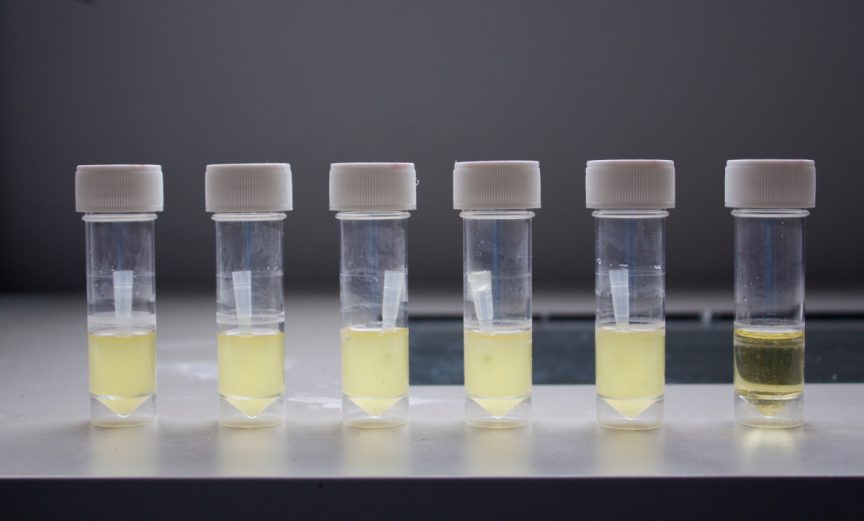Name: Louise Mackenzie
Which came first in your life, the science or the art?
I don’t really want to compare and contrast art and science. I didn’t as a child, and today, for me, what distinguishes art and science are primarily different methods of learning and researching. The initial research motivations and even lines of enquiry can be similar, I think.
From as early as I can remember, I have had a profound respect for all living things. For example, as a very young child I recall thinking, in absolute awe, “How can this incredible, colourful, patterned butterfly come to be, and how does it move through the air and land on my finger?” I used to live in a flat (apartment) in Edinburgh, so we had no garden. But from a young age, I would collect snails and worms from the park, and then also earth and leaves, and bring everything home to make a terrarium for them. I also had this thing about rescuing bees; I would see an exhausted bee on the pavement and let it crawl onto my finger so that I could place it on a flower or somewhere safe where it wouldn’t be stood on.
“From as early as I can remember, I have had a profound respect for all living things.”
Louise Mackenzie
I like to think I have held onto that childlike wonder about life. I still save bees. My passion for art came more through a real joy in the process of working creatively. An early memory is of a childhood friend who, when her parents came to visit mine, we took great pleasure in inventing a play that we would perform to the adults at the end of the evening. Toys were generally roped in as props or extra characters. I loved making up stories, and I was always drawing too and mark-making in different ways—those are some very early memories—on any kinds of surface! At school, even though I absolutely loved art, I also loved the sciences, and in the end had no room for art in my timetable. However, I was fortunate to have Edinburgh College of Art nearby, so after school, I would go there for evening classes. So I suppose I have always practiced both!
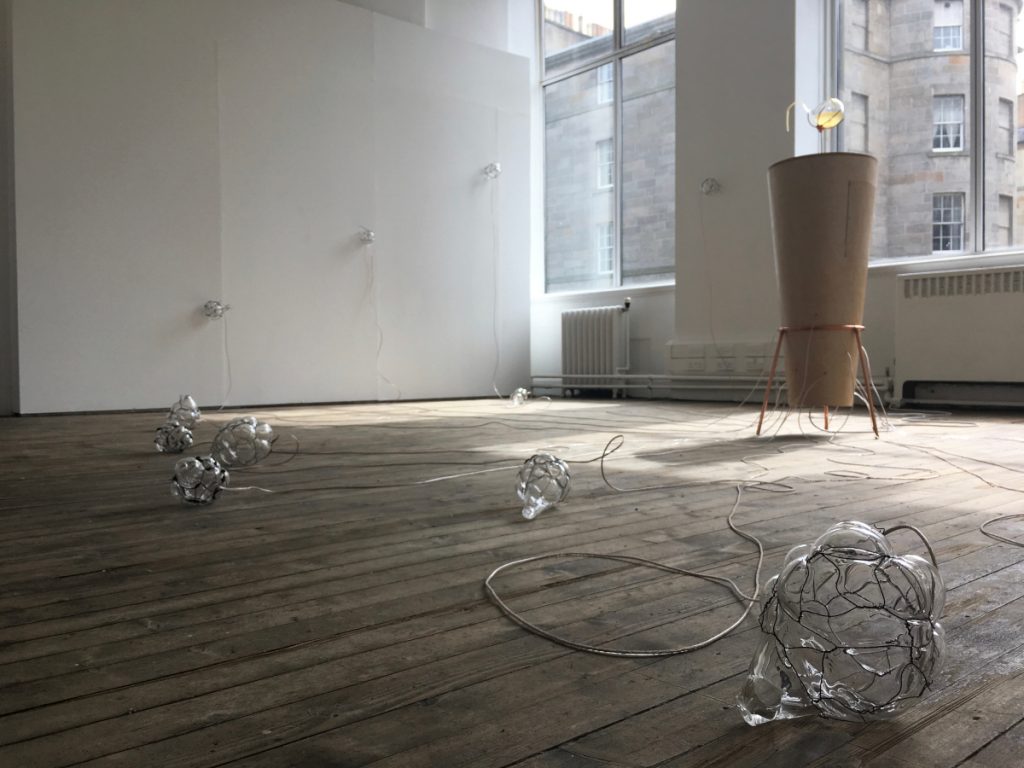

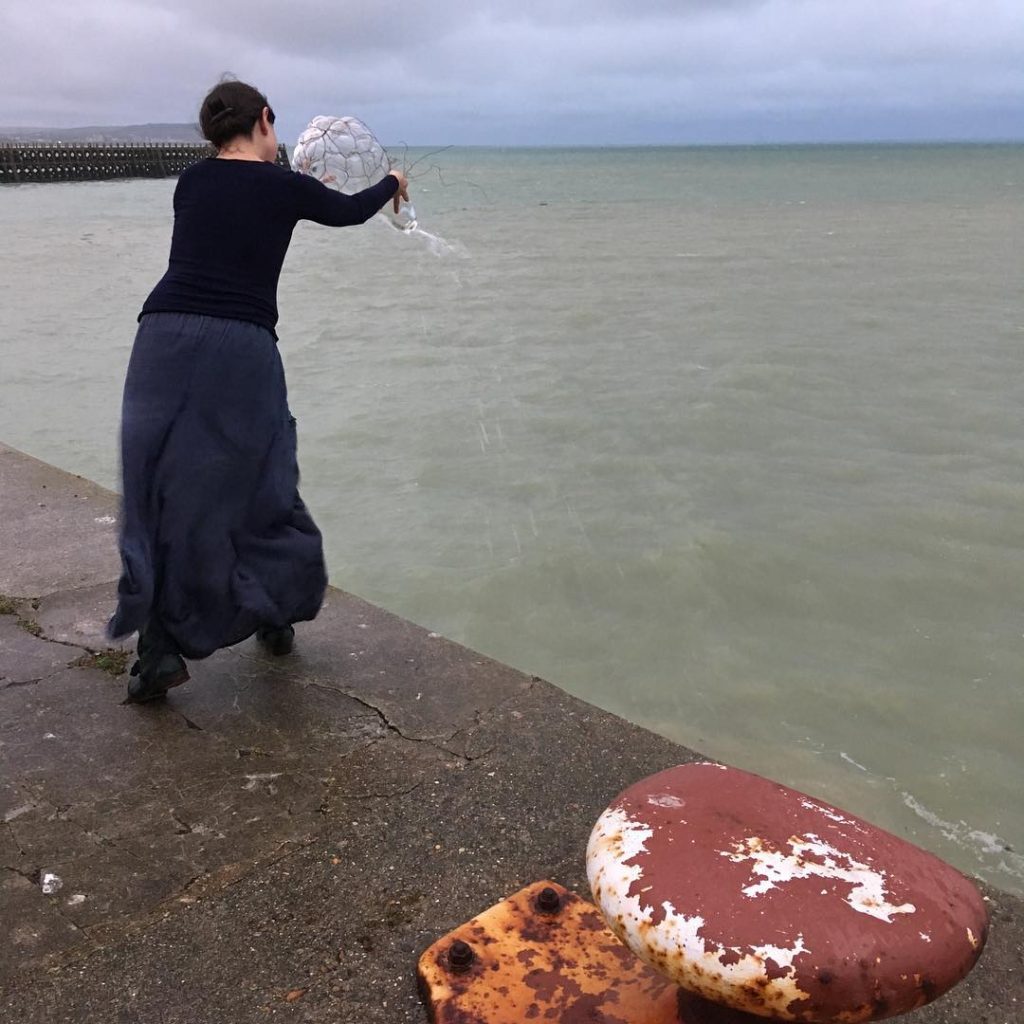
Which sciences relate to your art practice?
Biology definitely, although I have a broad appreciation of other sciences. I have an undergraduate degree in psychology, as well as have a general fascination for all things living, so I’m also drawn towards the human mind and behaviour as areas of research. The kinds of topics that inspire me and that tend to recur in my work are evolution, motivation, communication, and translation, within and between species. This can spin off in a number of directions, leading me to work with people from varying disciplines. For example, when I worked on The Stars Beneath Our Feet, a project where I explored using sound as a means to relate to cyanobacteria (the organisms responsible for creating the oxygen in Earth’s atmosphere 3.5 billion years ago, and hence arguably all life on Earth), I ended up working with a materials chemist to pick up vibrations from the movement of cyanobacteria under an atomic force microscope and with a computer scientist on the audification of these vibrations.
More recently, I have been focused on genetics and molecular biology as I try to understand our motivations behind manipulating life at the nano-scale. My doctoral thesis, Evolution of the Subject: Synthetic Biology in Fine Art Practice was an attempt to relate to molecular matter through adopting synthetic biology as art practice. Having seen the work of renowned bio-artists, such as Marta De Menezes, Joe Davis, and Eduardo Kac, I wanted to understand the experience of genetically manipulating living organisms from my own perspective. I chose to work with the molecular biology equivalent of the lab-rat: E. coli bacteria. I decided that I wanted to ask them a question (“What will happen if I store this thought safe within you?”), which I coded into DNA and stored inside their bodies. I’ve been growing them ever since, waiting for the answer! I ended up learning a lot more about codes and methods of translation than I originally anticipated, and I also realised that my love of life extends all the way down to the cellular level.
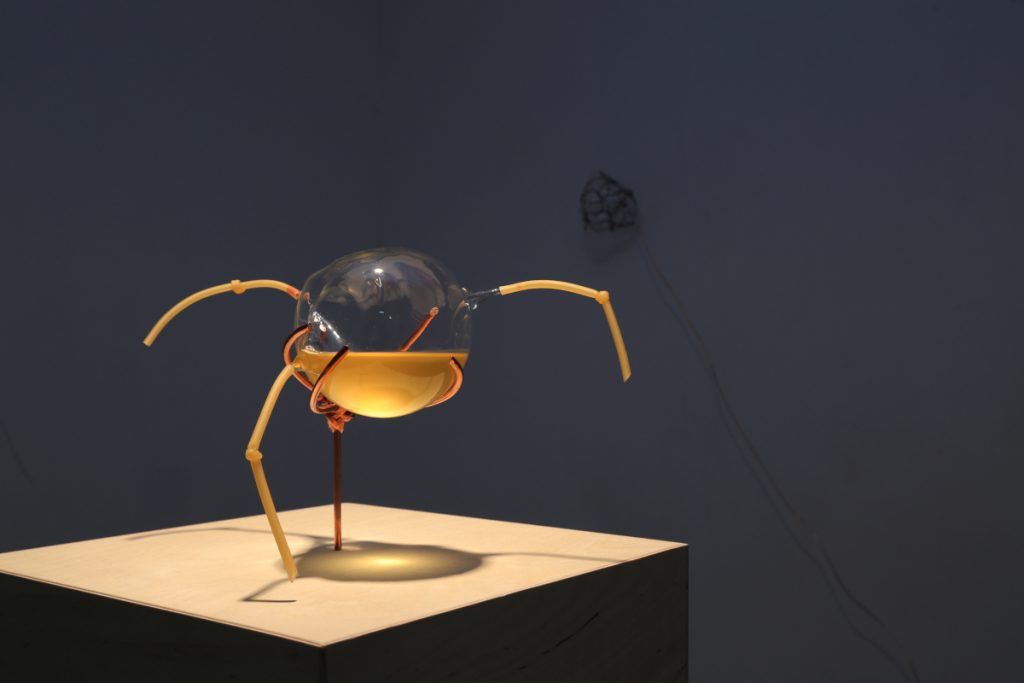
What materials do you use to create your artworks?
I am probably best known for sound-based works and work that involves DNA and micro-organisms. I often use sound to presence emotions or feelings. I use film and live working methods, such as performance lectures and workshops. For example, in Tentacular Resonances, I use river or seawater and sound to develop speculative genetic modification performances that consider our relationship to microscopic life in natural water sources. With sculpture, some materials have a lasting significance for me: dust, earth, or clay; micro-organisms (particularly cyanobacteria); glass; copper; old print material; found objects. I’m drawn to natural materials and also materials that have some historical or cultural significance. Often many of these elements come together in one project. For example, with transformation content, dust from organ-wood planks forms the basis of a sound score that draws together the congregation, organist, and organ of a 104-year-old church in my local neighbourhood that was closing.
“I’m drawn to natural materials and also materials that have some historical or cultural significance.”
Louise Mackenzie
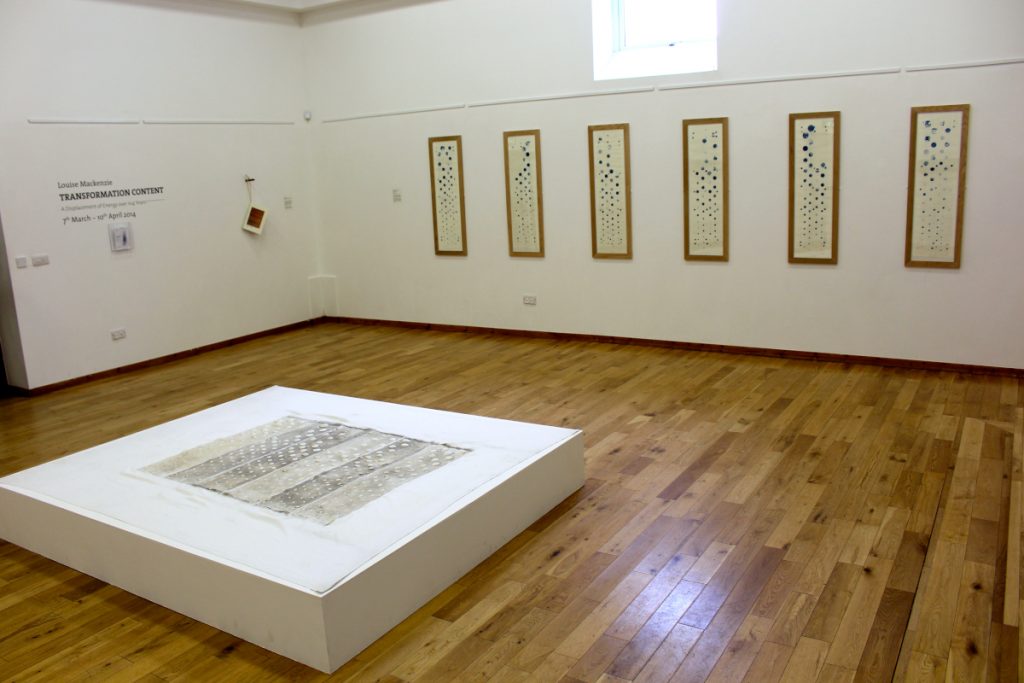

More recently, I have worked with microscopic biological material. I love cyanobacteria; they have such a mystical quality. Some types of cyanobacteria create the most beautiful deep blue pigment, phycocyanin, which I worked with on another project, Oltramarino. I like that I can work with molecular biological matter to talk about life more broadly, extrapolating up to higher order organisms, even humans. I drew on research by microbiologists who are working with ancient halophiles and also with cutting-edge plasma technologies to make Deep Time Sisyphus, which reflects on the cyclical nature of our propensity to extract from the earth and then destroy what we uncover. And as I mentioned earlier, I have worked for a while now with E. coli and DNA. Through my doctoral research, I realised that biological material such as DNA and viruses are generally not considered “life” within science (depending upon who you talk to), but that they have a capacity to act within the body and are therefore lively. So I think of DNA, viruses, and other biological matter at the molecular level as lively material. Something that I think we are all more aware of since the COVID-19 pandemic.
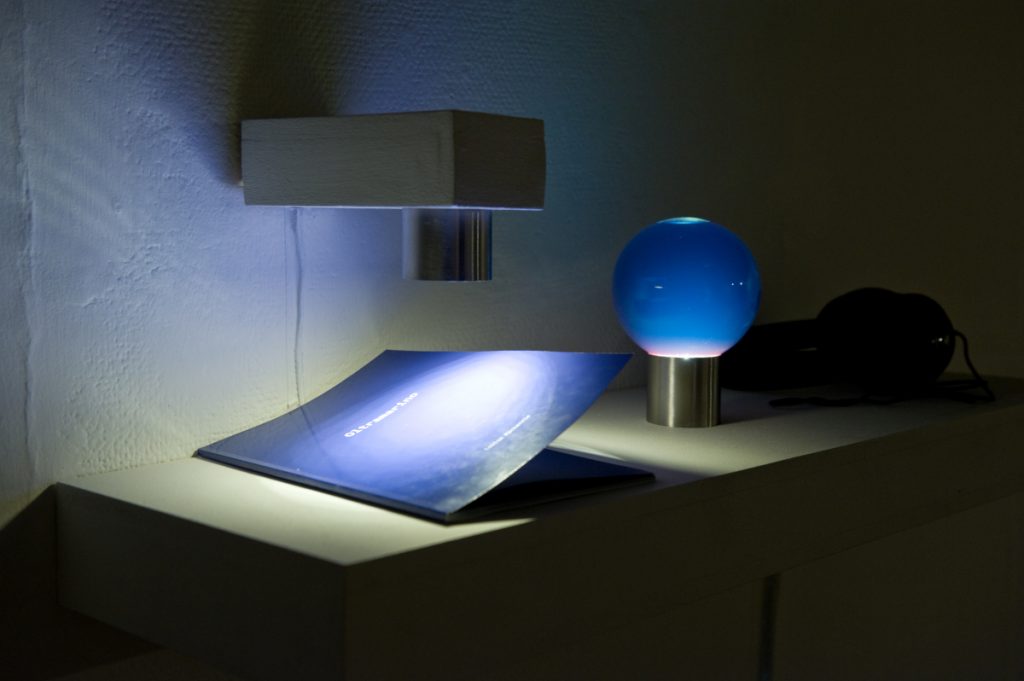
commercial cyanobacteria (Spirulina), audio, light. Image by Colin Davison.
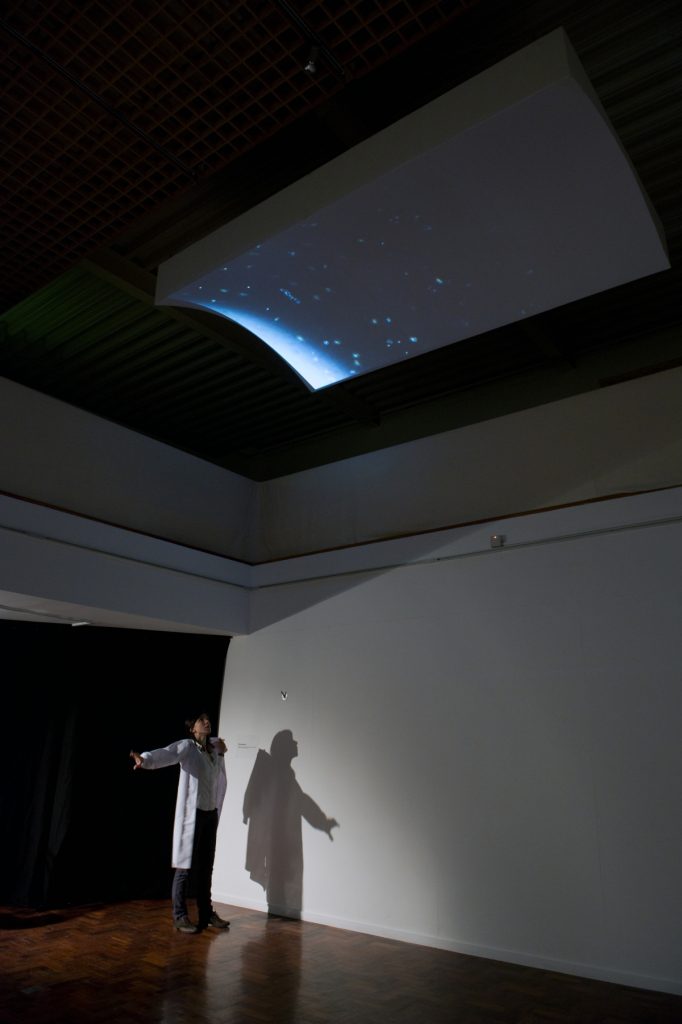
Artwork/Exhibition you are most proud of:
Something that stands out for me was when I ran Scotland’s first artist-led genetic modification workshop with ASCUS Art & Science in Edinburgh called Transformation – Thinking Through Making with Life. We had to get a license in order to run the workshop, and I am really happy with the way participants responded, which I captured in a film called Zone of Inhibition that will be shown at ISEA in Montreal this year.
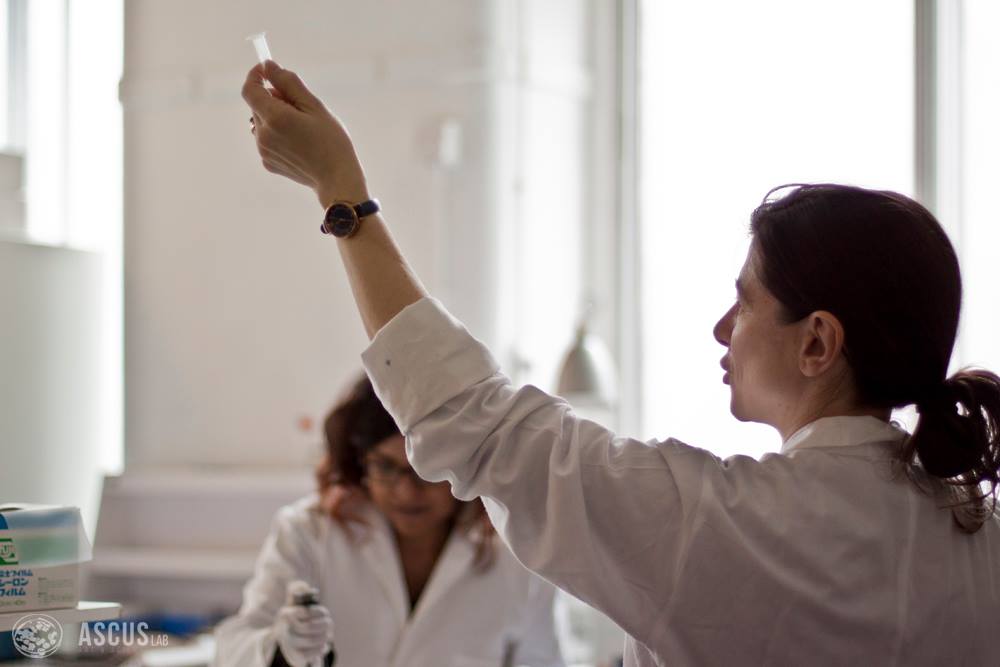
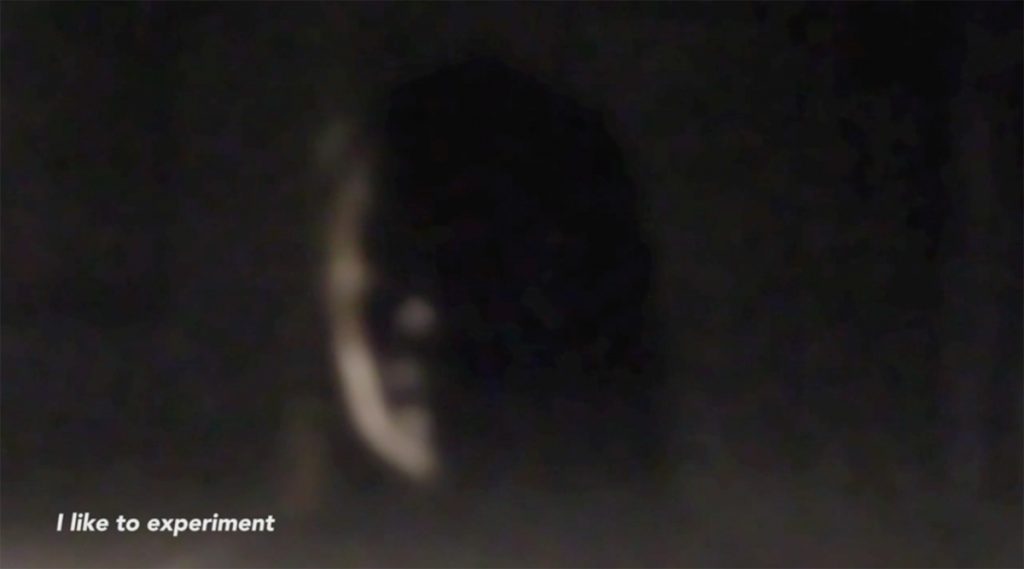
Pithos (2016) was also an important work for me, through the coming together of sound, language, myth and biotechnology—four elements that I really love working with. This was my first opportunity to develop a work that reflected my experience of altering living organisms to store cultural material (my thought) as biological material within their bodies. I wasn’t ready to bring my E. coli out of the laboratory, so instead I chose to embed the DNA (that I had placed inside their bodies in the lab) within a clay vessel. The ideas behind the development of this vessel are still influencing my work now. In synthetic biology, E. coli are described as chassis—they are simply a resource within which to build. I had recently read Ursula K. Le Guin’s short story, The Carrier Bag Theory of Fiction and also Jane Ellen Harrison’s account of the Pandora myth in Prolegomena to the Study of Greek Religion. As I worked, adding the DNA to the wet clay, this womb-like form intuitively emerged. I suppose I was countering what I saw as this masculine, Fordian production-line aesthetic of the chassis and thinking about ideas of the vessel as a body that shares and gives.

I love the atmosphere that you can create using sound, and Pithos was also the first time I had worked with 8-channel audio. In the gallery, the vessel is upturned, in a completely blacked out room under a single spotlight. Around the room are eight speakers that play evolving versions of the thought-as-DNA so that as you enter the darkened space, you hear an increasing cacophony of disembodied, mutating voices, as if they have spilled out of the vessel and are now free agents. I used an evolution algorithm so that every time the phrase repeats in the audio, it is different than before. Since the first iteration of this work, I have gone on to design, with speech synthesis expert, Étienne De Crécy, a speech/DNA translation device called the Genophone. Étienne developed a neural network that translates speech into DNA, evolves the DNA, and then plays back the mutations as speech again. This ongoing work is something else that I am really excited about.
“I love the atmosphere that you can create using sound”
Louise Mackenzie
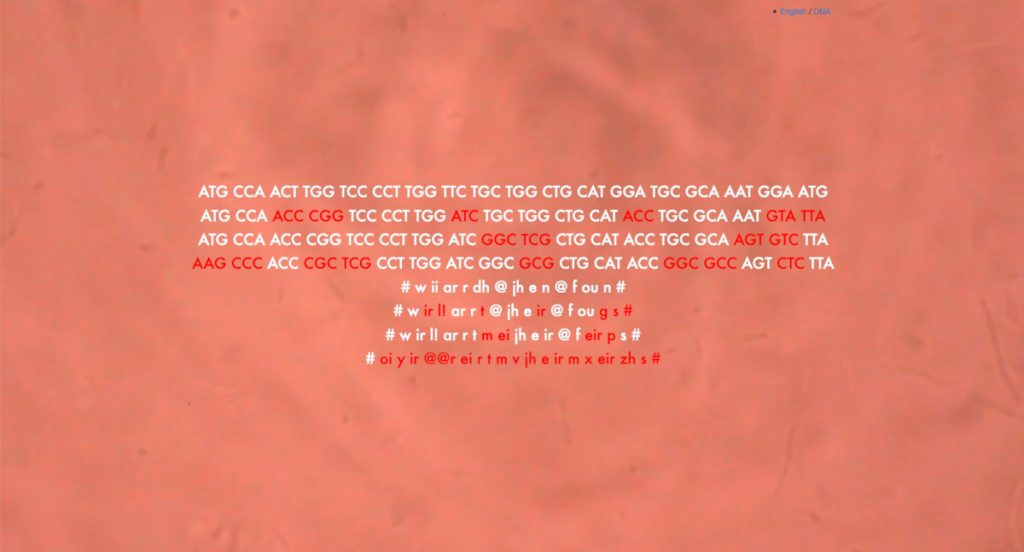
Which scientists and/or artists inspire and/or have influenced you?
Historically, many of my inspirations will be familiar, so I won’t name them all, but I suppose an inherent desire to challenge mainstream perception has meant that Dada and Fluxus have always been a big influence. Through my interest in sound and graphic scores, I’m really into the work of Alison Knowles at the moment. I’m drawn towards artists whose work connects with language. I’m also inspired by artists whose work addresses our human relationship with the material environment in some way, for example the Arte Povera group and then also, perhaps counter-intuitively, artists like Barbara Kruger who have worked with the language of consumerism. Myth and ritual are also important for me, so Marcus Coates is another inspiration, and I love Marisa Carnesky’s performative work. My mentors and colleagues at Northumbria University, Professor Fiona Crisp and Professor Christine Borland, have been a huge influence on my practice in recent years. I am also in awe of the passion and drive of Marta de Menezes, Dalila Honorato, and colleagues within the FEMeeting network. Within the world of biological art there are many powerful works and so many people who I have learned so much from that I don’t know where to begin, but I have always found Špela Petrič’s ideas really rich, and at the moment, I’m particularly drawn to the ideas at play in Adam Zaretsky’s work on the future of genetic medicine.
As far as scientists go, Lynn Margulis and Donna Haraway are major inspirations. Barbara McClintock’s approach to scientific learning is of interest to me also. I find the work of Bonnie Bassler’s research on the quorum sensing capabilities of bacteria fascinating, and Jennifer Doudna is also someone whom I would love to get to know. Two scientists who have had a profound impact on me are Professor Volker Straub and Dr. Ana Topf at the Institute of Genetic Medicine in Newcastle, UK, whom I have worked with a great deal. Their willingness to embrace my practice is a constant inspiration to me.
Is there anything else you want to tell us?
I am part of a great working group with BioFriction at the moment, which I hope to be able to share more details on soon. I am delighted to share that I will have an article published in Leonardo Music Journal later this year based on some ideas that came out of my work, The Stars Beneath Our Feet, which was most recently shown at Lumiere Durham, 2019.

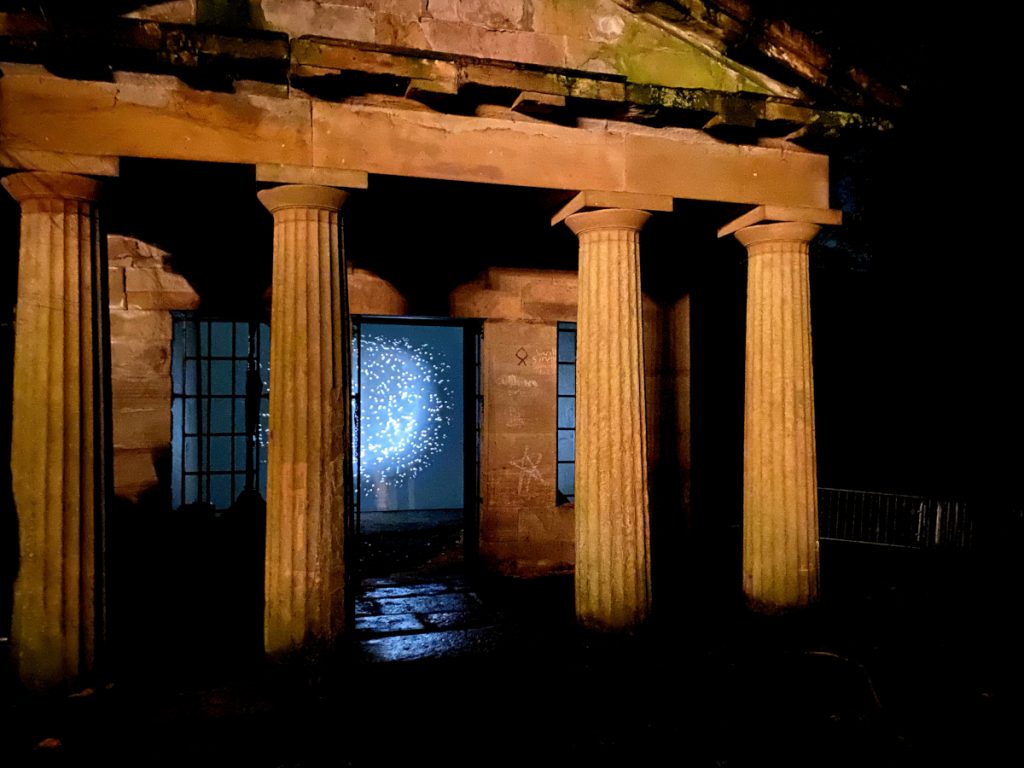
Also, I am co-founder and curator of Black Box, a pop-up cinema and film festival which I initiated with the support of Newcastle University and Northumbria University in the UK last year. The festival’s overarching aim is to “open the door on the inner workings of scientific research” through presenting artist’s film to new audiences. Our present focus has been films made by artists and/or scientists that relate to genetics through themes such as life, kinship, and identity. We are planning future iterations of Black Box and will be looking out for works that we can share with new audiences, so watch this space!
Finally, I am part of a research group called the Cultural Negotiation of Science, who helped support Black Box. The group really challenges perceptions of arts relationship to science, and they have a website and newsletter.
For more by Louise Mackenzie, visit her websites (loumackenzie.com, viralexperiments.co), Instagram, or Twitter.
Share this Post

